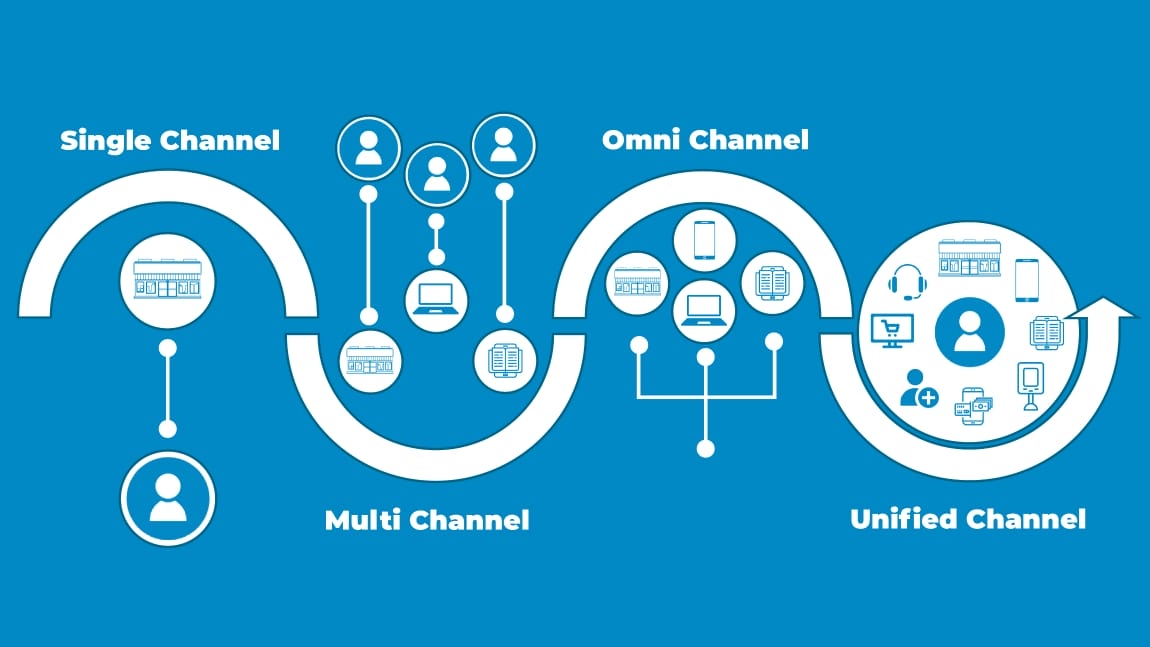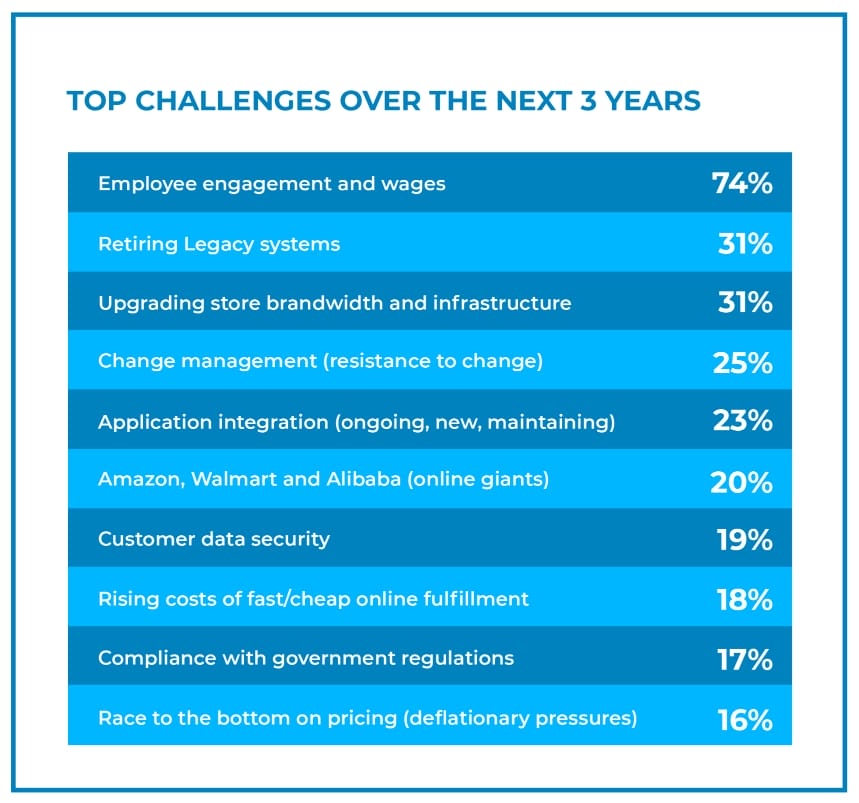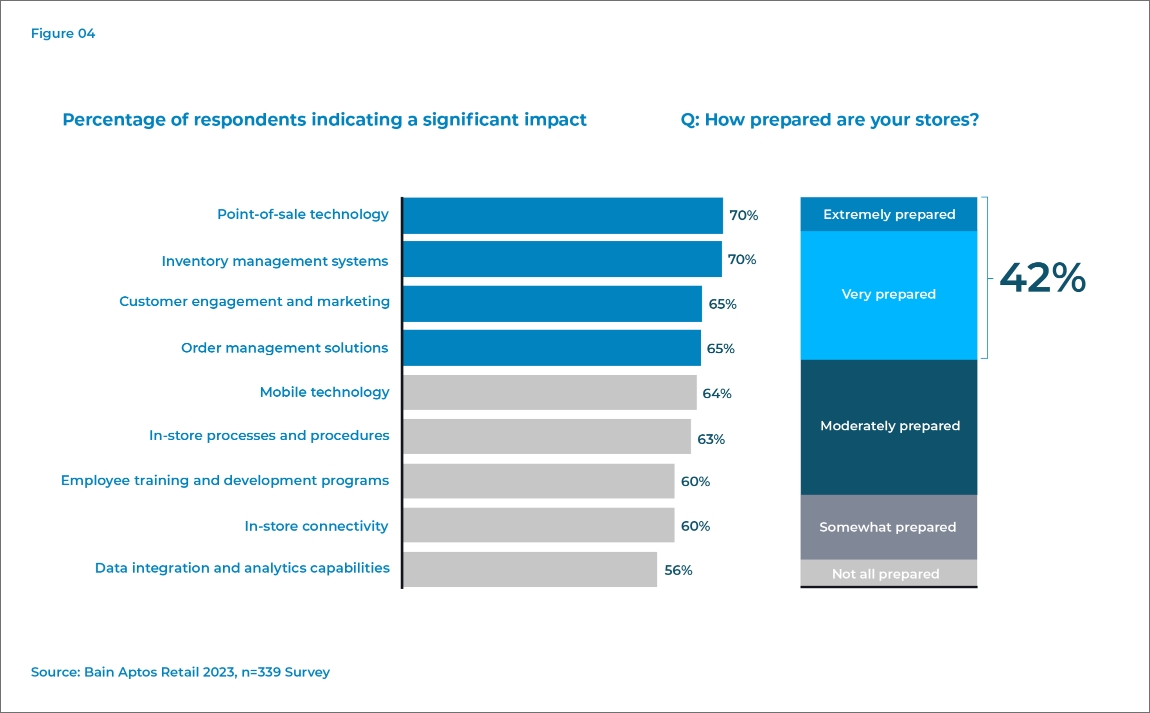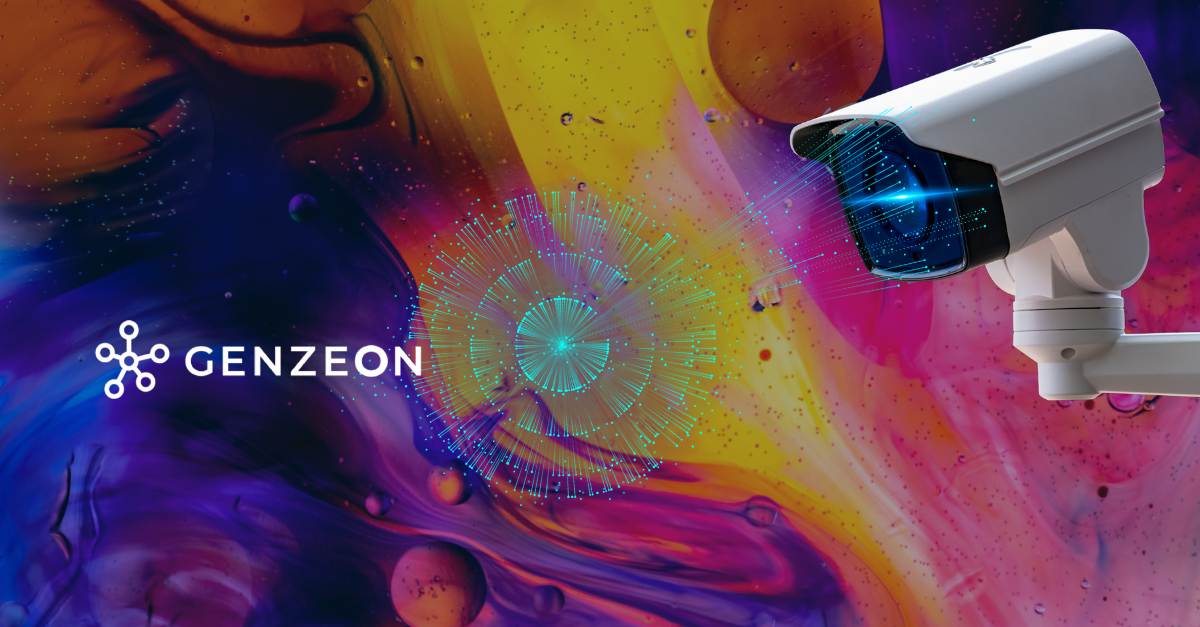Are Omnichannel and Unified Commerce distinct strategies, or is one merely an evolution of the other?
In the dynamic world of retail, where consumer preferences are ever-shifting, these terms have emerged as focal points for businesses striving to meet evolving demands.
At first glance, Omnichannel and Unified Commerce may seem like two sides of the same coin, both aiming to enhance the customer experience across multiple touchpoints.
In this blog, we delve into the depths of these concepts, exploring their intricacies and seeking to grasp whether they are truly independent strategies or if there is an evolutionary connection between them.

Defining the Terms
To understand these concepts better, let's start with definitions from industry experts and notable sources:
Omnichannel
Omnichannel, as a term, has roots deeply embedded in the evolution of retail strategies. Historically, its emphasis has been on forging a seamless shopping experience that transcends the boundaries of various channels.
This inclusivity spans the physical realm of brick-and-mortar stores to the digital landscapes of online platforms and mobile applications.
The overarching goal of omnichannel is to weave together these diverse channels, ensuring that each customer touchpoint contributes to a cohesive and harmonious brand experience.
At its core, omnichannel endeavors to eliminate the silos that traditionally separated in-store and online shopping. It acknowledges the reality that modern consumers seamlessly navigate between different channels during their purchasing journey, and the success of a brand lies in its ability to facilitate this movement without disruption.
Unified Commerce
In contrast, unified commerce emerges as a newer and more encompassing term. It goes beyond the mere coordination of channels, focusing on the integration and unification of all retail touchpoints.
Unified commerce seeks to obliterate the conventional boundaries between online and offline retail, presenting a vision where the customer experience is not just seamless but singular and consistent across all platforms.
The term "unified" in unified commerce is indicative of a profound shift in approach. It signifies an ambition to integrate not only the customer-facing elements but also the underlying systems and processes that power the retail ecosystem.
From inventory management to customer data, unified commerce aspires to synchronize every aspect of the retail operation.
This level of integration enables real-time visibility into inventory across channels, facilitates personalized interactions based on comprehensive customer profiles, and ensures that transactions unfold seamlessly, regardless of the chosen shopping avenue.
|
Aspects |
Omnichannel |
Unified Commerce |
|
Integration Depth |
Channels function somewhat independently |
Channels deeply integrated |
|
Operational Harmony |
Focuses on delivering a consistent experience |
Integrates operations seamlessly |
|
Data Silos |
Data segmentation across channels |
Unified repository breaks down data silos |
|
Technology Ecosystem |
Diverse technology landscape |
Consolidated technology stack ensures smooth integration |
From Omnichannel to Unified Commerce
A closer examination of these definitions through a historical lens unveils a fascinating spectrum of evolution.
Omnichannel, with its emphasis on channel coordination, signifies the initial acknowledgment of the multi-channel reality of consumer behavior.
In contrast, Unified Commerce takes this acknowledgement a step further; it's not just a strategy but an evolution. It embodies a holistic and customer-centric approach that transcends the limitations of individual channels.
This evolution is far from linear; it's a dynamic response to the ever-changing dynamics of consumer expectations.
In the face of the modern shopper's demand for a more interconnected and personalized experience, the retail industry adapts, making a significant transition from omnichannel to unified commerce.
This shift reflects a vision where the customer takes center stage in every transaction.
According to Statista, the landscape has witnessed a notable shift, with only 22% of North American retailers considering "Omnichannel efforts" a top priority—a significant decrease from the 45% reported in 2015.
The State of Unified Commerce: A Bain and Aptos Study sheds light on the perspective of retail executives, revealing that while they recognize the importance of a single view of customers across channels, only about half believe they have the right investment strategy in place.
The study underlines the positive impact of a well-executed unified commerce strategy on profitability, sales revenue, and various facets of the customer experience.
These statistics underscore the industry's acute awareness of the evolving dynamics, signaling a clear departure from omnichannel strategies toward the adoption of unified commerce.
It is a strategic shift that aligns with the growing importance of delivering a seamless, integrated, and customer-centric retail experience.

The Struggle to Meet Omnichannel Expectations
While many retailers claim success in their omnichannel endeavors, the consistent and efficient delivery of these expectations remains a formidable challenge. The crux of the issue often lies in the presence of disparate systems, creating roadblocks in essential services such as inventory management, in-store pickup, and ship-from-store.
The stakes have never been higher in this digital age. Businesses face the risks of lost sales, customer attrition, and profit erosion, all while asserting their omnichannel success.
So, what impedes retailers from embracing unified technology to meet these omnichannel expectations head-on?
The answer lies in the complexities associated with legacy technology. Dealing with outdated systems proves challenging due to the constant need for upgrades and the expense of integrations.
The prospect of replacing these investments with a modern, unified platform can feel overwhelming for retailers.
The 33rd Annual Retail Technology Study validates this struggle, emphasizing that one of the most significant challenges for retailers in 2023 revolves around breaking away from legacy systems.
Legacy tech stacks are not only inefficient and disconnected, but also pose challenges in terms of maintenance. Retailers increasingly recognize the imperative to retire these antiquated systems and the point solutions that hinder progress.

READ ALSO: How to Stay Ahead with Omnichannel Retail Experience
Why Unified Commerce is a Game Changer for Retailers?
In the face of the ever-evolving retail landscape, Unified Commerce emerges as a powerful solution to address the shifting expectations of modern consumers. This concept might initially seem ambitious, but it aligns seamlessly with what customers increasingly demand.
Recent studies indicate that 87% of shoppers now seek a personalized and consistent experience across various touchpoints. This means they want the flexibility to initiate their shopping journey on one platform and seamlessly conclude their purchase on another, regardless of whether they transition from online to offline and back again.
What's more, customers expect a standardized approach to pricing and promotions as they navigate these diverse touchpoints.
This is where Unified Commerce steps in, presenting itself as a strategic imperative and a departure from the fragmented nature of traditional omnichannel approaches.
Unified Commerce proves to be a game changer for retailers due to several key reasons:
- Seamless Integration: Unified Commerce integrates all retail touchpoints, erasing the artificial boundaries between online and offline. This integration ensures a cohesive and consistent customer experience across all platforms.
- Operational Efficiency: Beyond enhancing the customer experience, Unified Commerce streamlines internal operations. It synchronizes everything from inventory management to order fulfillment, optimizing efficiency and reducing the complexities associated with legacy systems.
- Data Synergy: Unified Commerce breaks down data silos, providing retailers with a comprehensive view of customer interactions. This holistic understanding enables personalized interactions, anticipates customer needs, and informs strategic decision-making.
- Adaptability: In the ever-evolving digital landscape, Unified Commerce offers adaptability. Retailers can respond nimbly to changing consumer expectations, market trends, and emerging technologies, staying ahead of the competition.
- Strategic Investment: While the shift from legacy systems may seem daunting, investing in Unified Commerce proves to be strategic. It positions retailers to not only meet current expectations but also future-proof their operations in the dynamic retail environment.
 Unified Commerce goes beyond being a technological upgrade; it represents a holistic approach that aligns with the demands of modern consumers and the intricacies of the digital marketplace.
Unified Commerce goes beyond being a technological upgrade; it represents a holistic approach that aligns with the demands of modern consumers and the intricacies of the digital marketplace.
By embracing Unified Commerce, retailers not only break free from the constraints of legacy systems but also position themselves as innovators in a rapidly evolving industry.
Final Thoughts
Our exploration into Omnichannel and Unified Commerce reveals a fascinating evolution in retail strategies. The distinction between the two goes beyond semantics; it embodies a shift from coordinating channels to a comprehensive integration of all facets of the retail experience.
The main question we've navigated throughout this exploration is whether there's a significant difference between Omnichannel and Unified Commerce or if one is merely an evolution of the other.
The answer is clear: while Omnichannel represents an initial acknowledgement of the multi-channel reality, Unified Commerce takes it further, ushering in a new era that goes beyond coordinating channels to integrating the entire retail ecosystem.
This shift reflects a dynamic response to ever-changing consumer expectations, emphasizing the importance of delivering a seamless, integrated, and customer-centric retail experience.
Retailers no longer focus solely on delivering across various channels but aspire to orchestrate a synchronized and harmonious retail masterpiece where every touchpoint contributes seamlessly to the customer journey.
The journey from Omnichannel to Unified Commerce signifies not just a strategic shift but a transformative one.
It's about breaking away from the limitations of siloed operations and legacy systems to embrace a holistic approach that caters to the demands of the modern consumer.
Ultimately, while the journey might differ, the destination is clear: a unified and cohesive retail experience that places the customer at the heart of every transaction. Unified Commerce emerges as not just an evolution, but a revolution in the way retailers engage and delight their customers across all touchpoints.
Genzeon's Approach to Omnichannel and Unified Commerce
 As the digital landscape evolves at an unprecedented pace, our stance is one of readiness and adaptability.
As the digital landscape evolves at an unprecedented pace, our stance is one of readiness and adaptability.
We stand at the forefront, armed with a depth of understanding regarding omnichannel and unified commerce, primed to translate this knowledge into practical, innovative solutions for our clients.
Our focus isn't confined to deciphering industry jargon or theoretical distinctions. Instead, it's about utilizing these insights as a compass—a guiding force that navigates us through the intricacies of digital transformation.
We strive to integrate these concepts into actionable strategies, ones that align seamlessly with the pulse of contemporary commerce.
The heart of our ethos lies in empowering businesses to stay ahead of the curve. Our dedication extends beyond providing conventional services; it's about crafting bespoke solutions that anticipate future trends and adapt to the ever-changing demands of the digital marketplace.
Genzeon stands ready, equipped with a profound understanding of omnichannel and unified commerce, to be the catalyst in propelling our clients toward success in the ever-evolving digital landscape.




